Did you know that 1 in 8 women will develop breast cancer sometime in her life? While that sound frightening, here is the encouraging news: 40% of cancers could be prevented if people made lifestyle adjustments and exercise proactive health practices.
The modern world is still a place where breast cancer is one of the most common cancers to affect women; therefore, learning how to reduce risk of breast cancer is very important for every woman. From simple dietary adjustments to wise lifestyle decisions, there are concrete steps you can take today that will significantly reduce your chances of developing breast cancer. If you’re curious about understanding breast cancer more deeply, including its causes, symptoms, and treatment options, check out our comprehensive guide on what is breast cancer.
Here are six such essential areas that can really make a difference in your forward journey to reduce risk of breast cancer, staring with simple lifestyle modifications and progressing through several crucial elements in diet, health monitoring, and stress management. These evidence-based approaches will empower you to be a health manager of your breasts.
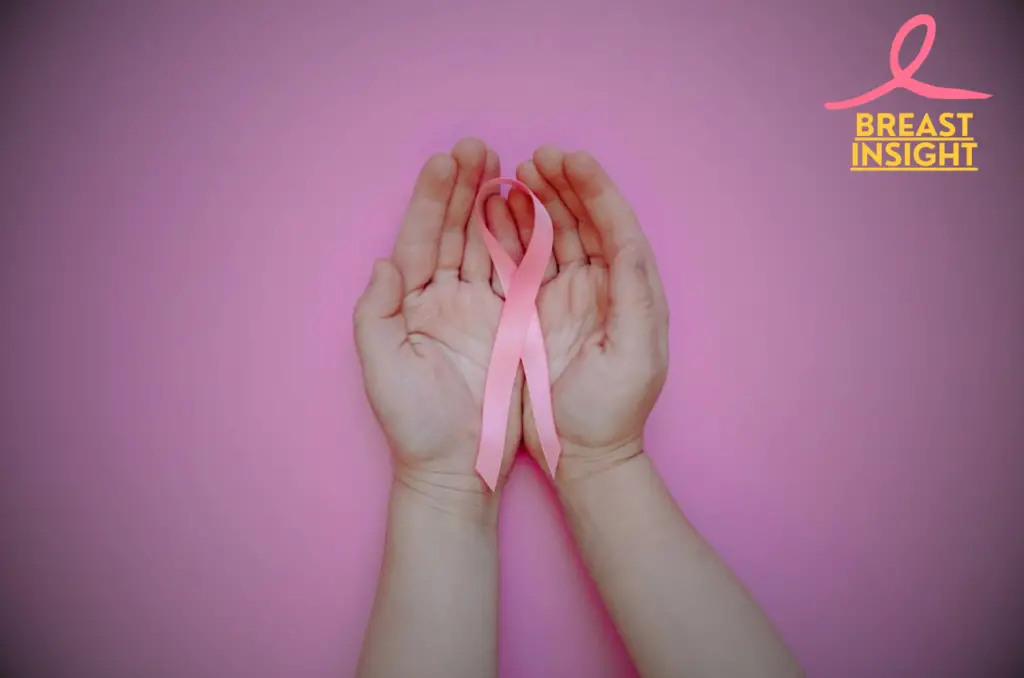
Lifestyle Changes that can Prevent Cancer
Maintain a Healthy Body Weight
High or excessive body mass has a significant risk of breast cancer, especially after menopause. According to data obtained in research, women who maintain a BMI of 18.5-24.9 have fewer risks for breast cancer. Here’s what you can do:
- Monitor your BMI regularly
- Track your waist circumference
- Set realistic weight loss goals
- Portion control
Regular Physical Exercise Routine
Physical activity is very essential for reducing the chances of developing breast cancer. Do at least 150 minutes of moderate aerobic activity or 75 minutes of vigorous-intensity activity a week.
| Exercise Type | Benefits | Recommended Duration |
| Walking | Low impact, easily accessible | 30 min/day |
| Swimming | Full-body workout, joint-friendly | 20-30 min/session |
| Yoga | Flexibility, stress reduction | 45-60 min/session |
| Strength Training | Builds muscle, boosts metabolism | 20-30 min/session |
Limit Alcohol Intake
Research shows that even low levels of alcohol can cause the risk of developing breast cancer. Explore these recommendations:
- Consume no more than one drink per day
- Choose alcohol-free days
- Track your weekly consumption
- Consider choosing non-alcoholic options
Quit Smoking
Smoking increases the risk of total cancer incidence, not to mention breast cancer. Implementation of these strategies includes:
- Set a quit date
- Use nicotine replacement therapy
- Join support groups
- Practice stress-management techniques
With these lifestyle modifications in place, with these lifestyle modifications in place, it’s also important to consider how breast cancer and its treatments can impact various aspects of life, including intimacy and relationships. If you’re navigating challenges like this, explore our guide on sexual life after breast cancer for expert tips and practical solutions.
Let us now consider how diet may assist in complementing your cancer-prevention strategy.

Dietary Modifications
Increase Plant-Based Food
A vegetarian diet, as compared to a meat-oriented diet, consists of fruits, vegetables, and whole grains. Such food constituents abundantly possess antibiotics, fiber, and Phytochemical that have antipathogenic action against cancer cell creation.
Essential plant-based foods to incorporate:
- Cruciferous vegetables (broccoli, cauliflower, cabbage)
- Leafy greens (spinach, kale, collards)
- Colorful fruits (berries, citrus, pomegranates)
- Whole grains: quinoa, brown rice, oats
Reduce Processed Meat Intake
Studies indicate a direct link between the consumption of processed meat and increased cancer risk.
| Food Type | Better Alternatives |
| Bacon | Turkey breast |
| Hot dogs | Grilled fish |
| Deli meats | Fresh lean chicken |
| Sausages | Legumes |
Include anti-cancer foods
Certain foods have shown promising results in anticancer activities:
- Green tea: Contains potent EGCG antioxidants
- Turmeric: Features anti-inflammatory curcumin
- Garlic: Rich in allicin compounds
- Mushrooms: Provides immune-boosting beta-glucans
Get at least five servings of vegetables and two of fruit every day to achieve maximum benefits. To reduce your intake of pesticides as much as possible, select organic produce whenever available. While diet plays a key role to reduce risk of breast cancer, it’s also crucial to understand that breast cancer isn’t exclusive to women. Learn more about male breast cancer and how it impacts men to gain a complete perspective on breast cancer awareness. Armed with this knowledge about the importance of diet, it is now time to discuss how ongoing health checking can further reduce your risk of having breast cancer.
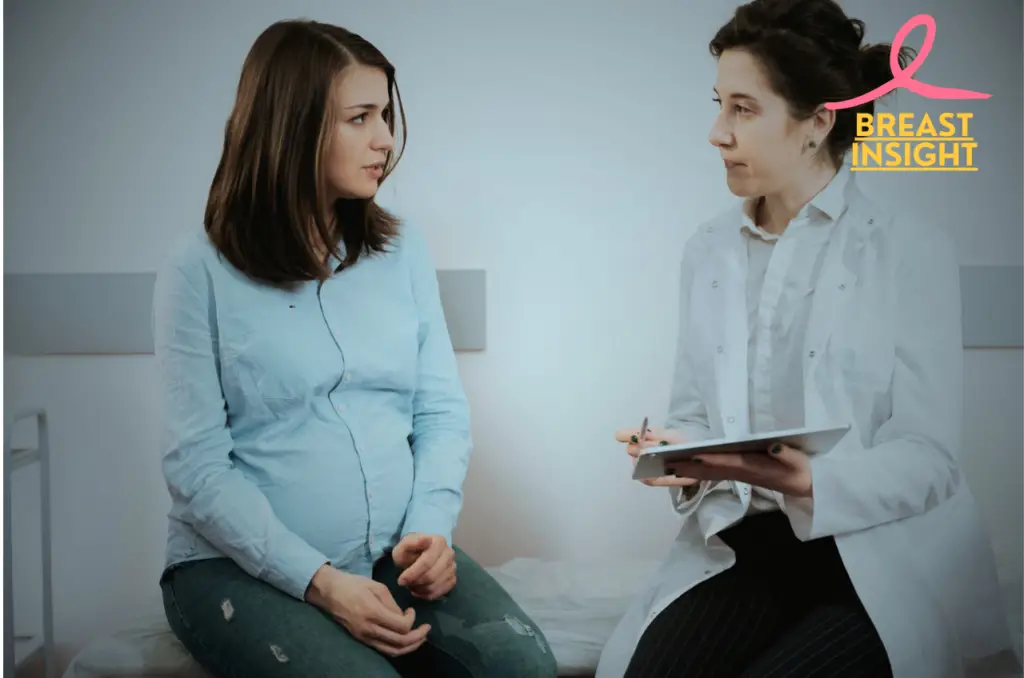
Regular Health Monitoring
Monthly Self-Exams
It is very important to perform monthly breast self-examinations that contribute to early detection. Do these at the same point in every month, preferably 7-10 days after your menstruation begins, check for:
- Alterations in breast size or shape
- Skin dimpling or puckering
- Nipple changes or discharge
- Thickening or lumps
- Redness or scaliness
Annual Clinical Reports
Professional screenings are key components of the checkup of breast health:
| Age Group | Recommended Screening | Frequency |
| 20-39 | Clinical breast exam | Every 1-3 years |
| 40+ | Mammogram + Clinical exam | Annually |
| High-risk | MRI + Mammogram | As advised |
Genetic Testing Options
Consider, genetic testing if you have:
- Family history of breast cancer
- Multiple affected relatives
- Early-onset breast cancer in family
- Known BRCA1/BRCA2 mutations in relatives
Understanding Risk Factors
Key risk factors include:
- Age and gender
- Family history
- Dense breast tissue
- Previous radiation exposure
- Genetic mutation
Early Warning Signs:
Observe the following possible signs
- New breast lumps
- Unexplained breast pain
- Changes in breast texture
- Nipple abnormalities
- Skin alterations
Regular screening through these techniques significantly increases the chances of early diagnosis, thereby leading to a more favorable prognosis. Additionally, understanding the root causes of breast cancer can help you take preventive actions. Learn about the seven key causes of breast cancer to better assess your risk and make informed decisions about your health. Next, let’s explore how environmental factors lead to breast cancer and what you can do to minimize your exposure to carcinogenic substances.

Environmental Factors
Minimize Exposure to Radiation
- Limit unnecessary medical imaging, especially chest X-rays and CT scans
- Consider ancillary diagnostic tests whenever possible, such as ultrasound or MRI
- Follow radiation safety in the working place
- Keep track of your lifetime radiation exposure from medical procedures
Avoid Harmful Chemicals
Chemicals commonly advised against:
| Chemical Type | Sources | Prevention Strategies |
| BPA | Plastic containers, can linings | Use glass containers, BPA-free products |
| Phthalates | Personal care products | Choose natural cosmetics, fragrance-free items |
| Pesticides | Produce, lawn care | Buy organic, wash fruits/vegetables thoroughly |
Manage workplace risk
Workplace safety measures:
- Ask for good ventilation in locations exposed to chemicals
- Use appropriate personal protective equipment (PPE)
- Follow all occupational safety instructions
- Record and submit any identified hazards
- Join workplace safety training programs
Research indicates that environmental exposure will have a very high impact on the risk of breast cancer. Sources of ionizing radiation, especially induced during adolescence, increase the risk by 30%. Some estrogen-disrupting chemicals commonly found in the household may influence hormone function to assist in the formation of the cancerous cell.
Understanding how breast cancer develops at different stages can further empower your prevention efforts. Explore the stages of breast cancer every woman should know to gain insights into the progression of the disease and its implications for diagnosis and treatment.
Consider simple changes-storage of foods in glass containers; using natural cleaning products; being conscious of occupational exposures-that the magnitude of all your environmental risk factors will be greatly reduced if proper safety measures are implemented.
And now, let’s look at how certain hormonal and reproductive factors might modify your breast cancer risk profile.

Hormonal and Reproductive Decisions
Birth Control Orientation Impact
Choices regarding birth control can profoundly impact the risk of breast cancer. Recent research has revealed differing effects depending on the contraceptive methods employed:
| Contraceptive Type | Risk Level | Duration of Risk |
| Oral Pills | Slightly Higher | During use + 10 years |
| IUD (non-hormonal) | No increased risk | N/A |
| Hormonal IUD | Minimal risk | During use |
Breastfeeding Benefits
Lactation provides important protective benefits against breast cancer. These include:
- Natural hormonal regulation
- Lower lifetime exposure to estrogen
- Reduced risk of pregnancy-related breast cancer
- Matured breast tissue
Result from research indicates that the highest defense is of breastfeeding for a total duration of 12 months or more.
Hormone Replacement Therapy Risks
HRT carries different risk profiles concerning:
- Type of therapy (estrogen-only vs. combined)
- Length of time
- Age at introduction
- Personal health history
Critical considerations for HRT include:
- Short term duration of use, ideally less than 3-5 years
- Regular follow-up by a healthcare provider
- Individual risk assessment before starting
- Exploration of alternative treatments
Understanding hormonal factors and their role in breast cancer risk is crucial, but it is equally important to recognize early warning signs such as breast lumps. Learn more about what a breast lump means and when to seek clarity, and stay proactive about your health.
Since we have explored the hormonal factors, we shall now address how essential stress management is to maintaining the prevention of breast cancer.
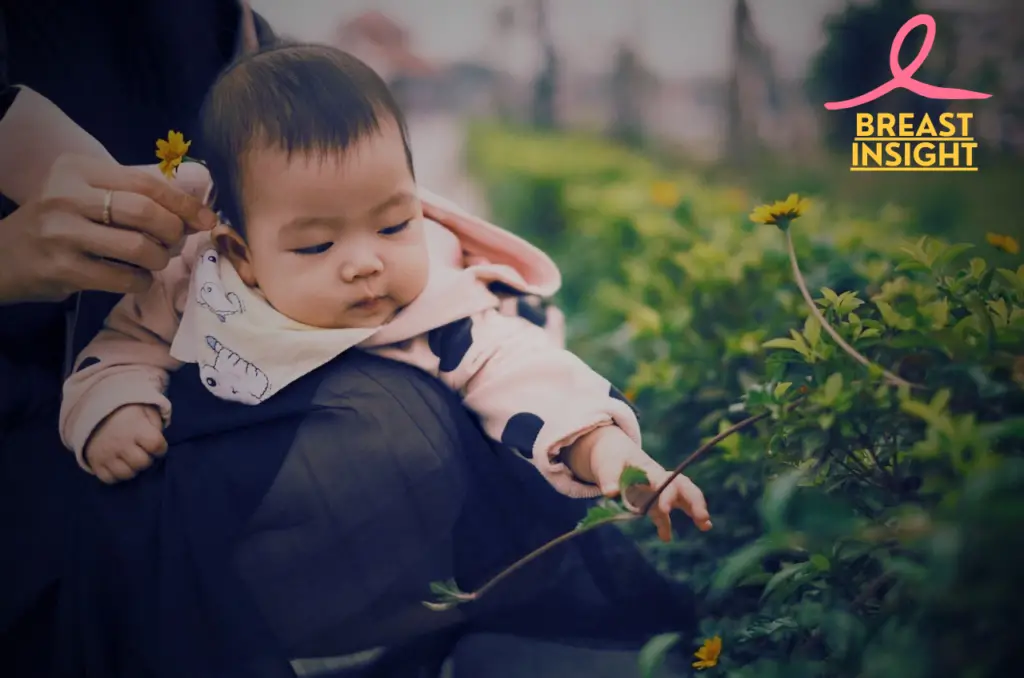
Manage Stress
Mindfulness and meditation
Daily meditation and mindfulness practices can significantly reduce cortisol levels, which may influence breast cancer risk. Studies show that practicing mindfulness for just 15-20 minutes daily can:
- Decrease inflammation markers in the body
- Improve immune system function
- Regulate hormonal balance
- Blocks anxiety- and depression-related symptoms
Quality Sleep Habits
Poor sleep has been linked to increased cancer risk through various mechanisms. Here’s what optimal sleep habits look like:
| Sleep Component | Recommendation | Impact on Health |
| Duration | 7-9 hours | Hormonal balance |
| Timing | Before 11 PM | Melatonin regulation |
| Environment | Dark, cool room | Cortisol reduction |
| Routine | Consistent schedule | Immune function |
Social Support Network
Building and maintaining strong social connections plays a crucial role in preventing breast cancer through:
- Reducing stress hormone levels
- Providing emotional support during health challenges
- Health lifestyle behaviors
- Establish accountability for routine screenings
New evidence from research shows that women with strong social support networks have better health outcomes and lower levels of inflammatory pathology related to stress. To complement this, regular health checks are vital. Discover how to perform breast self-examinations effectively to stay on top of your breast health and enhance early detection practices. Support groups, staying in contact with friends and family members, and activities that contribute to general well-being are very helpful.

Conclusion
EVERYBODY can control the risky factors in the development of breast cancer by taking the initiative. A healthy life style, including regular exercise, well-balanced diet rich in antioxidants, and judicious restriction of alcohol drinking, will significantly reduce the harmful effects. Regular health check-ups, such as mammography tests, self-examinations, will help catch the cancer in its earlier stages.
Today marks the beginning of your journey toward preventing breast cancer. It is essential to make informed choices regarding your environment, effectively manage stress, and seek advice from healthcare providers concerning your individual risk factors. Keep in mind that even small adjustments in your daily habits can significantly impact the protection of your long-term breast health. Embrace control over your well-being—your future self will express gratitude.
Frequently Asked Questions (FAQs)
What lifestyle changes can I make to reduce my risk of breast cancer?
A healthy lifestyle, including a diet full of fruits, vegetables, and whole grains; regular exercise; good stress management; nontobacco, and nonsocial alcohol use; has been proved to reduce your risk of breast cancer by thousands of times. Regular screenings and self-examinations may be very helpful in making an early discovery.
How often should I get a mammogram for breast cancer screening?
The American Cancer Society suggests that women with average risk of breast cancer begin annual mammograms at age 45 and may switch to biennial screenings starting at age 55. A woman should always discuss her individual risk factors and circumstances with her personal healthcare provider to establish the best screening schedule.
What role do genetics play in breast cancer risk?
High-risk factors for breast cancer include genetic mutations in two major genes, BRCA1 and BRCA2. Individuals with a family history of breast or ovarian cancer should consider genetic counseling and testing, whereby they can assess their risk and possibly avail themselves of prevention options.
Can weight management influence breast cancer risk?
Indeed, being fit can significantly play the role in eliminating the risk of breast cancer. Overweight, mainly after menopause, increases the risk for this disease. A healthy diet and regular physical activity can help people successfully control their weight.
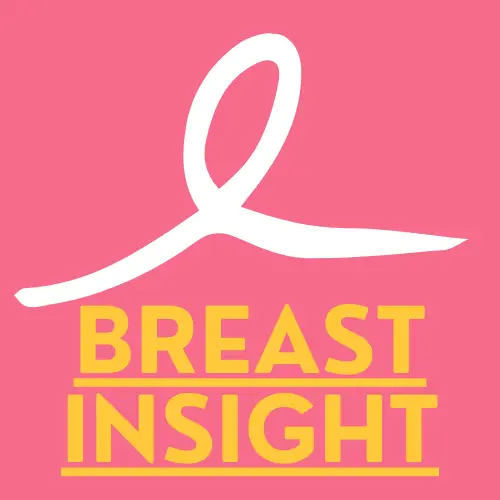
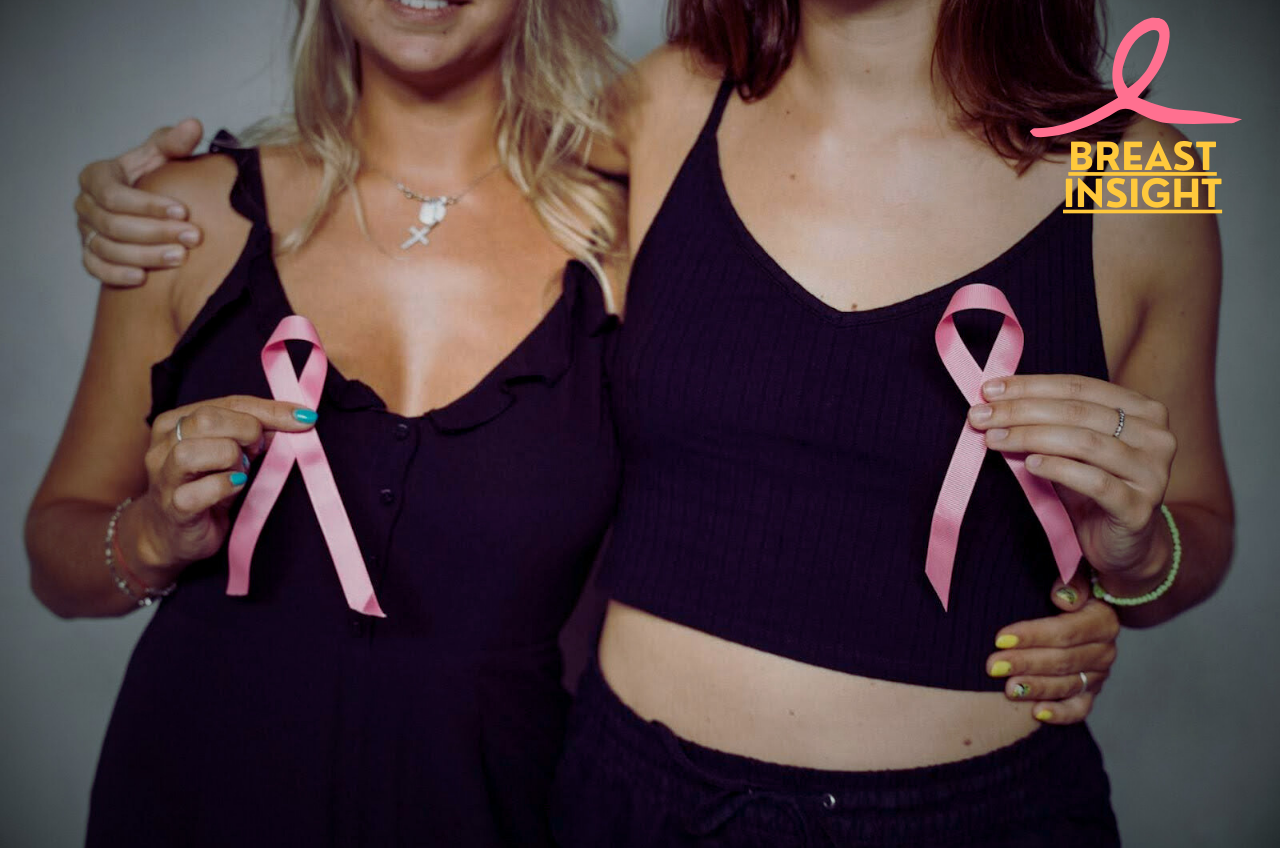
1 thought on “6 Risky Habits You Need to Break to Reduce Risk of Breast Cancer”